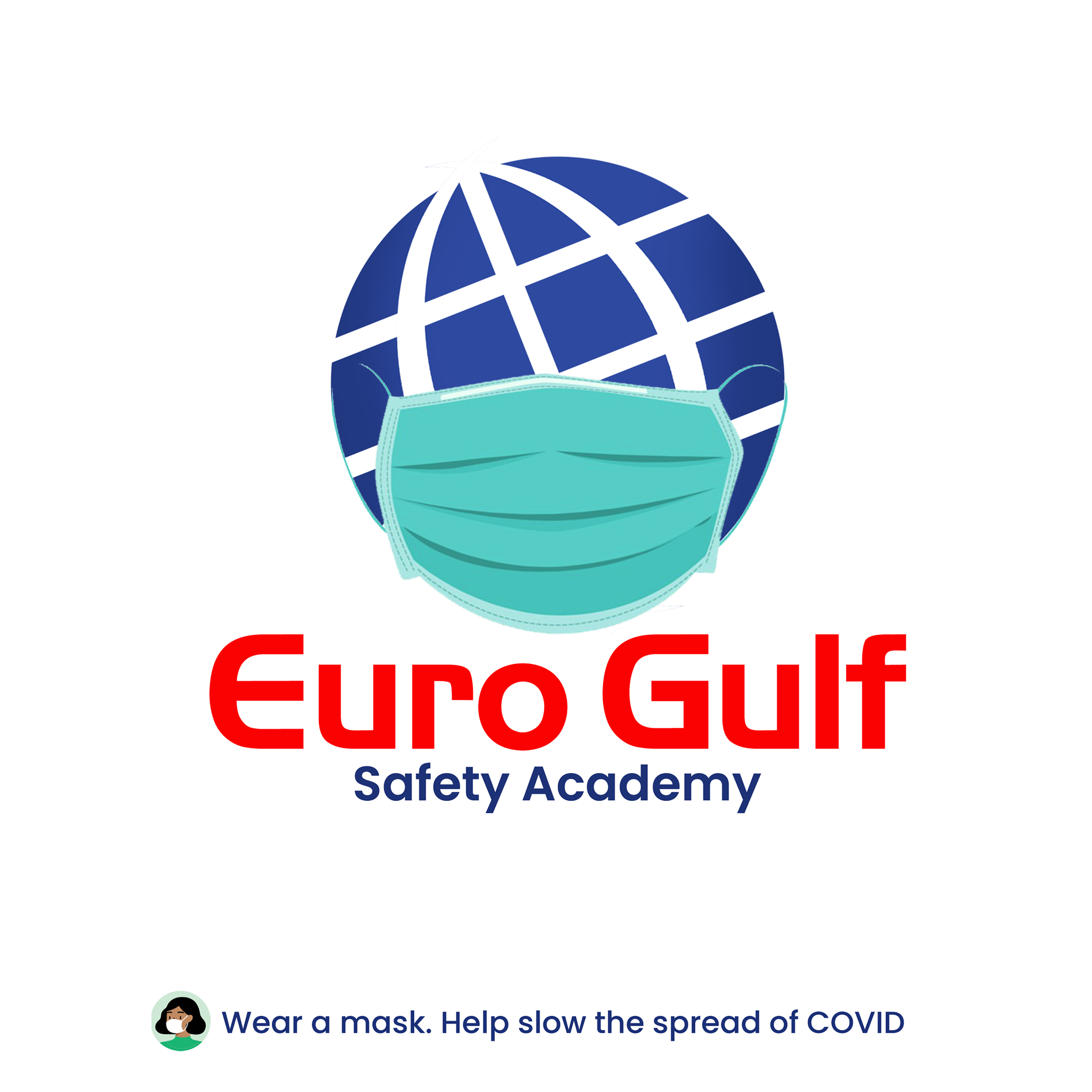Rigging is divided into two classes, standing, which supports the mast (and bowsprit), and running, which controls the orientation of the sails and their degree of reefing.

Types of Rigging
Rigging is divided into two classes, standing, which supports the mast (and bowsprit), and running, which controls the orientation of the sails and their degree of reefing. Configurations differ for each type of rigging, between fore-and-aft rigged vessels and square-rigged vessels.
Standing
Standing rigging is cordage which is fixed in position. Standing rigging is almost always between a mast and the deck, using tension to hold the mast firmly in place.
Due to its role, standing rigging is now most commonly made of steel cable. It was historically made of the same materials as running rigging, only coated in tar for added strength and protection from the elements.
Fore-and-aft rigged vessels
Most fore-and-aft rigged vessels have the following types of standing rigging: a forestay, a backstay, and upper and lower shrouds (side stays).
Less common rigging configurations are diamond stays and jumpers. Both of these are used to keep a thin mast in column especially under the load of a large down wind sail or in strong wind.
Rigging parts include swageless terminals, swage terminals, shackle toggle terminals and fail-safe wire rigging insulators.
Square-rigged vessels
Whereas 20th-century square-rigged vessels were constructed of steel with steel standing rigging, prior vessels used wood masts with hemp-fiber standing rigging.
As rigs became taller by the end of the 19th century, masts relied more heavily on successive spars, stepped one atop the other to form the whole, from bottom to top: the lower mast, top mast, and topgallant mast.
This construction relied heavily on support by a complex array of stays and shrouds. Each stay in either the fore-and-aft or athwart ships direction had a corresponding one in the opposite direction providing counter-tension.
Fore-and-aft the system of tensioning started with the stays that were anchored at in front each mast. Shrouds were tensioned by pairs dead eyes, circular blocks that had the large-diameter line run around them, whilst multiple holes allowed smaller line—lanyard—to pass multiple times between the two and thereby allow tension of the shroud.
In addition to overlapping the mast below, the top mast and top gallant mast were supported laterally by shrouds that passed around either a platform, called a "top", or cross-wise beams, called "crosstrees".
Each additional mast segment is supported fore and aft by a series of stays that led forward. These lines were countered in tension by back stays, which were secured along the sides of the vessel behind the shrouds.
Running
Running rigging is the cordage used to control the shape and position of the sails. Materials have evolved from the use of Manila rope to synthetic fibers, which include Dacron, nylon and Kevlar.
Running rigging varies between fore-and-aft rigged vessels and square-rigged vessels. They have common functions between them for supporting, shaping and orienting sails, which employ different mechanisms.
For supporting sails, halyards (sometimes halyards), are used to raise sails and control luff tension. On gaff-rigged vessels, topping lifts hold the yards across the top of the sail aloft.
Sail shape is usually controlled by lines that pull at the corners of the sail, including the out haul at the clew and the down haul at the tack on fore-and-aft rigs.
The orientation of sails to the wind is controlled primarily by sheets, but also by braces, which position the yard arms with respect to the wind on square-rigged vessels.
As the fast growing safety company in Abu Dhabi, Dubai and India, Euro Gulf Safety Consultant and academy has huge experience to improve its variety of Health, Safety and Environment training courses.
Euro Gulf Safety Consultant and academy provide one of the largest range of health and safety training courses in UAE and India from experts whose level right up to manager, Board level trainers and Export trainer.
Euro Gulf Safety Consultant and academy has maintained a good rapport which derives its reputation in the market, the reputation is one of its most valuable asset in the long run.
We strive hard to :
Grow and become an undisputed market leader in the training, inspection and certification business with 100% sustainable, quality, health, safety, environment and high standards.
Focus and Establish world class health , safety, environment and quality a way of life by professional services with the most qualified people and equipment.
Enable and sustain Euro Gulf Safety Consultant and academy employees to provide quality services and archive results to fullest satisfaction of its customers.
Euro Gulf Safety Consultant and academy provides best quality training, services and course certificates. Moreover, we glad to show our fast responses to our respected clients and candidates.
Our health and safety training has huge potential in all levels of industries, corporate companies, schools and colleges in Abu Dhabi - Dubai, India as well as in different parts of the world.
© 2025 coursetakers.com All Rights Reserved. Terms and Conditions of use | Privacy Policy